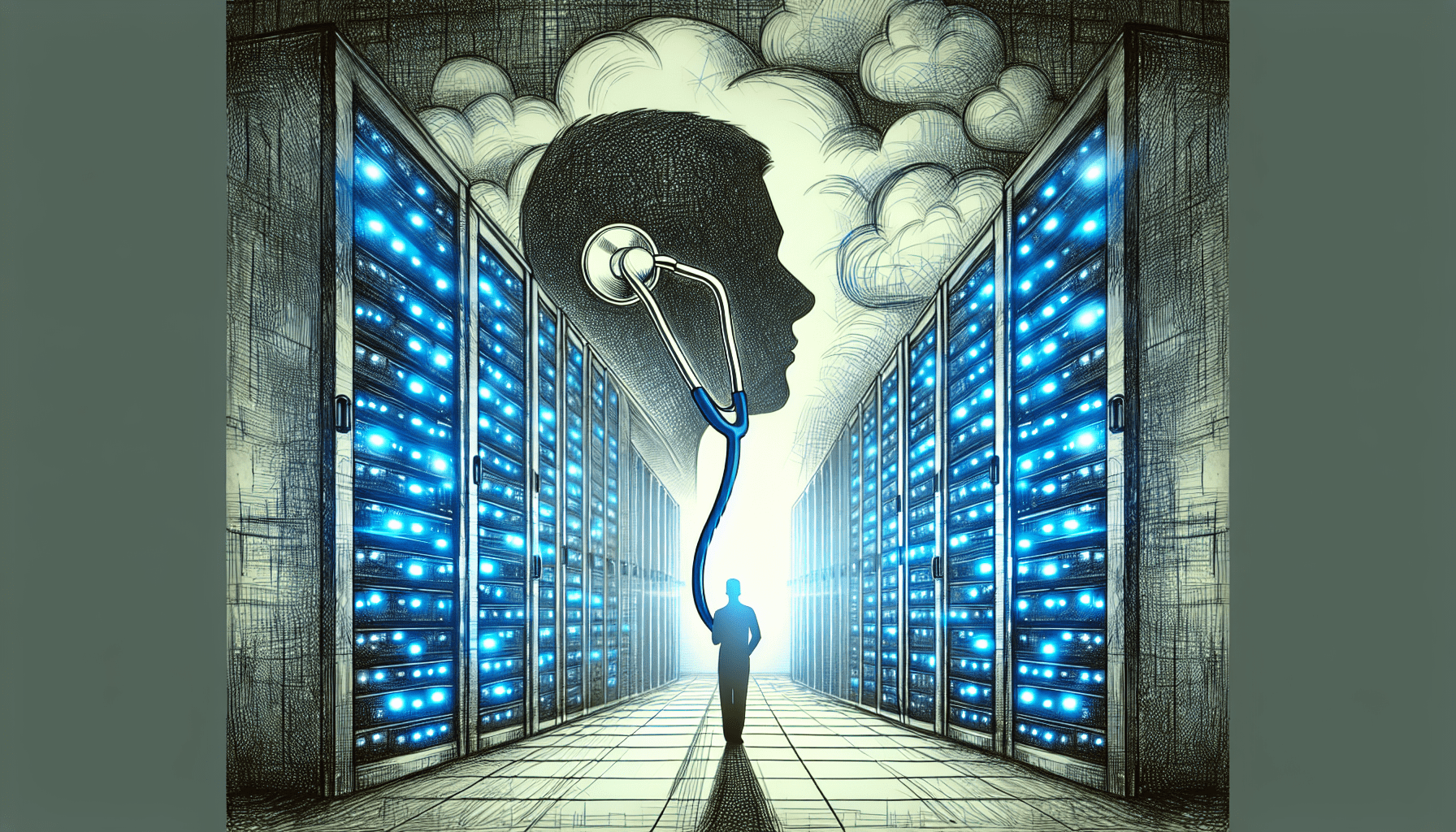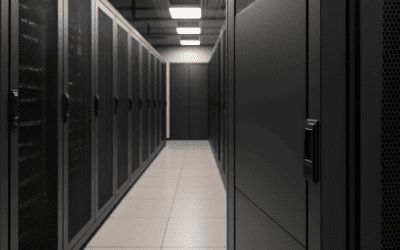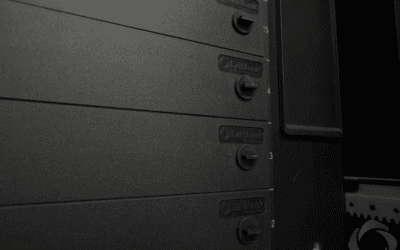Are Data Centers Noisy? Exploring the Acoustic Footprint of the Digital Age
In the digital era, data centers are the backbone of the internet, housing the critical infrastructure that powers our daily digital activities. From streaming your favourite TV shows to conducting high-speed financial transactions, data centers work tirelessly behind the scenes. However, an often-overlooked aspect of these technological behemoths is their acoustic environment, which can be affected by noise reduction measures and environmental noise. So, are data centers noisy? Let’s dive into the heart of these digital fortresses to uncover the reality of their acoustic footprint.
The Sources of Noise in Data Centers
Data centers, the powerhouses of the digital world, are not just complex in terms of technology but also in their operational environments, especially when it comes to noise generation. Understanding the sources of noise in these facilities is crucial for both managing and mitigating its impact, including monitoring average db levels and average decibel level. Here, we delve into the primary contributors to the acoustic environment within data centers.
Cooling Systems
The foremost source of noise in a data center is its cooling system. These systems are essential for maintaining the optimal operating temperature of the servers and other computing equipment, preventing overheating and ensuring reliability. Cooling systems typically include high-capacity air conditioners, chillers, and numerous cooling fans. These components work continuously and at high speeds, generating a considerable amount of noise. The sound levels can vary depending on the size and design of the cooling system, but they often contribute significantly to the overall loudness of the facility.
Server and Hardware Noise
Servers and other hardware devices themselves are also notable sources of noise. Each server contains multiple fans to cool its internal components, and the collective sound from these fans can be substantial, especially in large data centers housing thousands of servers. Hard drives, though less noisy than fans, add to the ambient sound with their spinning disks. Moreover, the high-density arrangement of servers in racks can amplify the sound levels, making hardware a significant contributor to the data center soundscape with server noise, broadband noise, and tonal noise.
Power Supplies and Backup Generators
Power supply units, including uninterruptible power supplies (UPS) and backup generators, are essential for the continuous operation of data centers. These units ensure that the data center remains operational in the event of a power outage. However, they are also sources of noise. UPS systems often have fans for cooling purposes, and backup generators can be particularly loud when they are tested or activated during a power failure, leading to UPS noise and backup generator sound. The sound from these systems is not continuous but can be significant during their operation.
Networking Equipment
Networking equipment, such as switches and routers, also contributes to the noise level within data centers. While individually these devices may not be as loud as cooling systems or servers, the cumulative effect of many such devices operating in close proximity can be considerable. These devices are equipped with fans to prevent overheating, adding to the overall noise, which is often referred to as networking equipment noise.
Human Activities
Lastly, human activities, though not as loud as mechanical systems, contribute to the noise environment within data centers. The movement of personnel, the use of tools for maintenance and repair, and the loading and unloading of equipment can all add to the ambient sound levels. While these activities do not continuously contribute, they can cause fluctuations throughout the day, creating what is known as human activities noise.
Identifying the various noise sources in data centers is crucial for effective noise management and mitigation. These sources include cooling systems, which are the main culprits, along with servers, hardware, power supplies, networking equipment, and human activities. By understanding these contributors, data centers can create a better working environment for staff and reduce noise impact on the community.
The Impact of Noise
The noise in data centers can lead to operational difficulties and health concerns such as noise-induced hearing loss, necessitating the use of hearing protection for worker safety. High noise levels can cause stress and diminish productivity among staff, while also potentially affecting local wildlife and the community, prompting strict noise regulations in certain areas. To mitigate these impacts, it is imperative that data centers are designed with the correct infrastructure from the beginning. Utilising innovative products like EziBlank can play a crucial role in reducing noise pollution, ensuring a safer and more productive environment for workers, and minimising the impact on the surrounding community.
Mitigating Data Center Noise
To address noise in data centers, a comprehensive approach is required, including soundproofing the facility with acoustic barriers and materials that dampen or redirect sound. Additionally, strategic layout and design are key in reducing noise exposure for staff, positioning critical workspaces away from the loudest equipment.
The Future of Data Center Acoustics
As technology advances, so do the methods for managing noise in data centers. Industry pioneers are constantly seeking silent computing technologies and integrating green energy sources that operate more quietly to diminish the acoustic footprint of these facilities. These ongoing efforts signal a bright future for data center acoustics.
Conclusion
Despite the inherent noise challenges in data centers, the industry is committed to noise pollution mitigation. Leveraging innovative technologies and thoughtful design, the aim is to lessen the noise impact on both personnel and the environment, striving for a balance between the infrastructure of the digital age and the quest for a more tranquil world.




